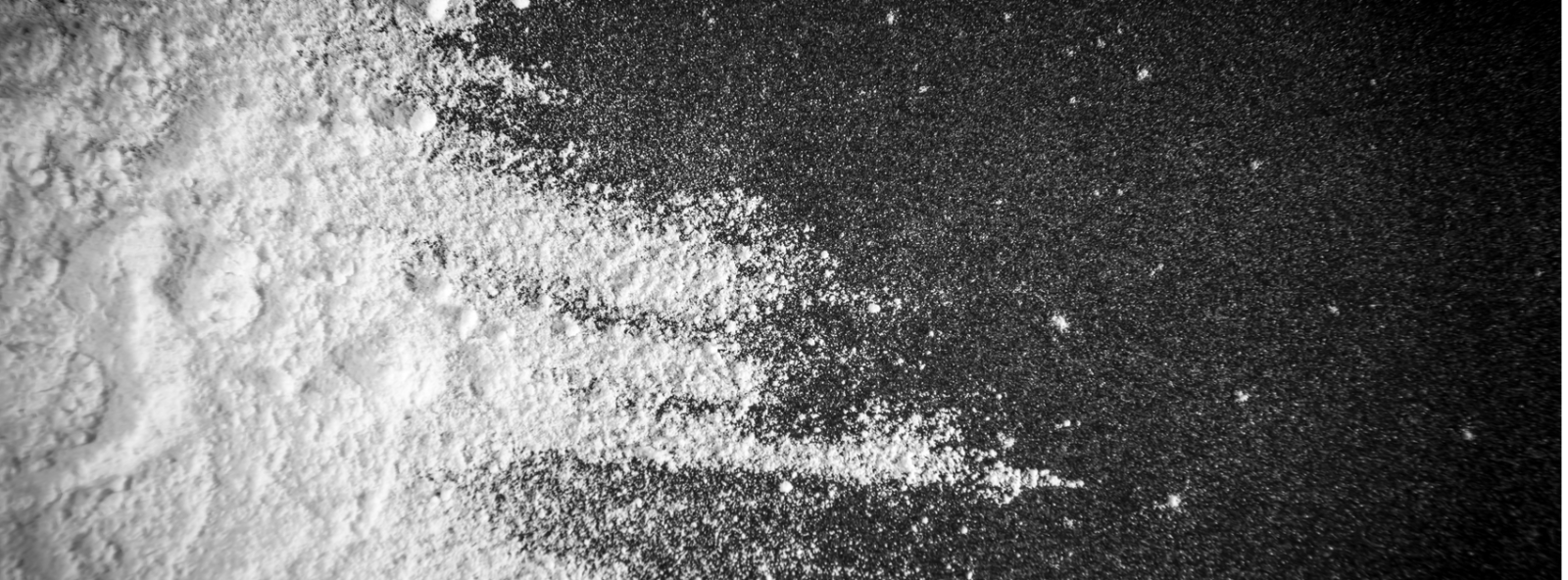

CAS:
D-erythro-Pentonic acid, 2-deoxy-2-fluoro-2-methyl-, γ-lactone, 3,5-dibenzoate, (2R)-
D-erythro-Pentonic acid, 2-deoxy-2-fluoro-2-methyl-, γ-lactone, 3,5-dibenzoate, (2R)-
Properties:
- Product Name: [D-erythro-Pentonic acid, 2-deoxy-2-fluoro-2-methyl-, γ-lactone, 3,5-dibenzoate, (2R)-]
- Synonyms: null
- CAS: null
- EINECS: null
- Molecular Weight: null
- Molecular Formula: null
- Density: null
- Boiling Point(℃): null
- Flash Point(℃): null
- Refractive Index: null
- Hazard Symbols: null
- Risk Codes: null
- Safety Description: null
FAQ:
What is D-erythro-Pentonic acid, 2-deoxy-2-fluoro-2-methyl-, γ-lactone, 3,5-dibenzoate,
(2R)- used for?
This compound is widely used in research laboratories for the synthesis of complex molecules and investigation of biochemical pathways. It serves as an intermediate or a reagent in organic chemistry and pharmacological studies due to its unique structural properties and reactivity.
Is D-erythro-Pentonic acid, 2-deoxy-2-fluoro-2-methyl-, γ-lactone, 3,5-dibenzoate, (2R)- safe to handle?
When using this compound, it is crucial to follow standard laboratory safety protocols. Personal protective equipment such as gloves, lab coats, and safety goggles should be worn. Proper ventilation and handling in a fume hood are recommended to avoid inhalation or direct skin contact. Reviewing the material safety data sheet (MSDS) for detailed safety information is advisable.
How should D-erythro-Pentonic acid, 2-deoxy-2-fluoro-2-methyl-, γ-lactone, 3,5-dibenzoate, (2R)- be stored?
This compound should be stored in a cool, dry place, away from direct sunlight and moisture. It is recommended to keep it in a tightly sealed container to prevent degradation or contamination. Common practice involves storing it at a temperature range between 2-8°C to maintain its stability and effectiveness.
Can this compound be used in pharmaceutical applications?
Yes, D-erythro-Pentonic acid, 2-deoxy-2-fluoro-2-methyl-, γ-lactone, 3,5-dibenzoate, (2R)- can be utilized in pharmaceutical research and development. Its unique chemical structure makes it valuable for studying enzyme interactions, synthesizing therapeutic agents, and understanding metabolic processes.
What makes this compound unique in biochemical research?
The uniqueness of this compound lies in its stereochemistry and functional groups, such as the γ-lactone ring and dibenzoate esters, combined with the presence of a fluorine and methyl groups. These features contribute to its specific reactivity and interactions, making it a versatile tool in both synthetic organic chemistry and biological investigations.
This compound is widely used in research laboratories for the synthesis of complex molecules and investigation of biochemical pathways. It serves as an intermediate or a reagent in organic chemistry and pharmacological studies due to its unique structural properties and reactivity.
Is D-erythro-Pentonic acid, 2-deoxy-2-fluoro-2-methyl-, γ-lactone, 3,5-dibenzoate, (2R)- safe to handle?
When using this compound, it is crucial to follow standard laboratory safety protocols. Personal protective equipment such as gloves, lab coats, and safety goggles should be worn. Proper ventilation and handling in a fume hood are recommended to avoid inhalation or direct skin contact. Reviewing the material safety data sheet (MSDS) for detailed safety information is advisable.
How should D-erythro-Pentonic acid, 2-deoxy-2-fluoro-2-methyl-, γ-lactone, 3,5-dibenzoate, (2R)- be stored?
This compound should be stored in a cool, dry place, away from direct sunlight and moisture. It is recommended to keep it in a tightly sealed container to prevent degradation or contamination. Common practice involves storing it at a temperature range between 2-8°C to maintain its stability and effectiveness.
Can this compound be used in pharmaceutical applications?
Yes, D-erythro-Pentonic acid, 2-deoxy-2-fluoro-2-methyl-, γ-lactone, 3,5-dibenzoate, (2R)- can be utilized in pharmaceutical research and development. Its unique chemical structure makes it valuable for studying enzyme interactions, synthesizing therapeutic agents, and understanding metabolic processes.
What makes this compound unique in biochemical research?
The uniqueness of this compound lies in its stereochemistry and functional groups, such as the γ-lactone ring and dibenzoate esters, combined with the presence of a fluorine and methyl groups. These features contribute to its specific reactivity and interactions, making it a versatile tool in both synthetic organic chemistry and biological investigations.

